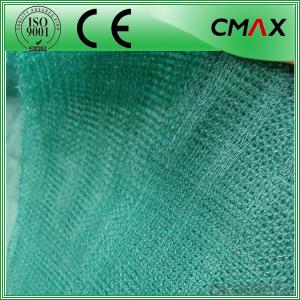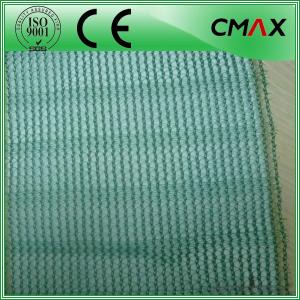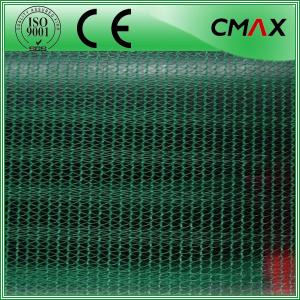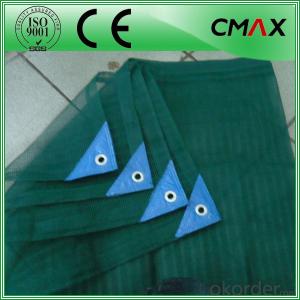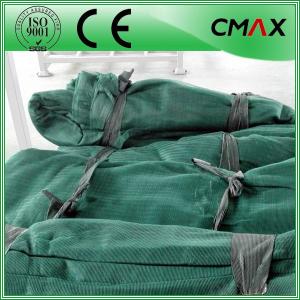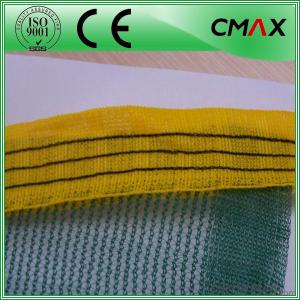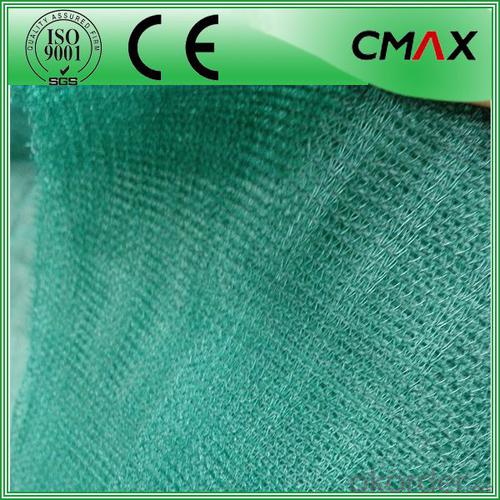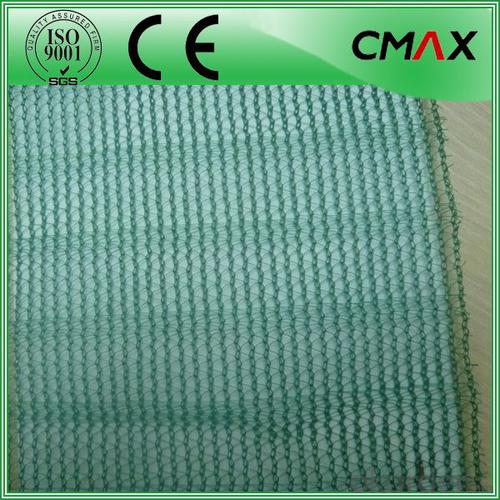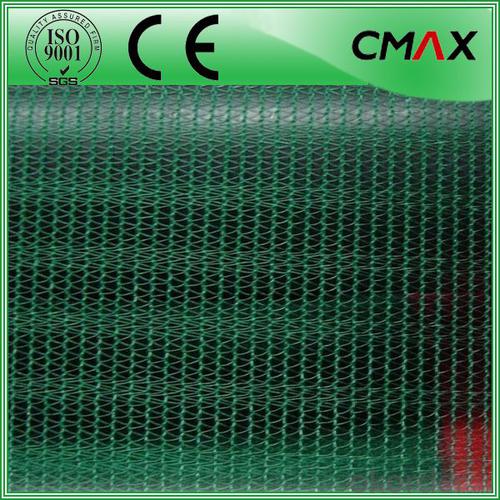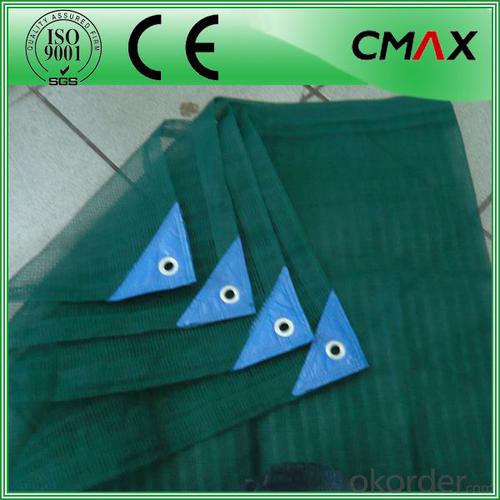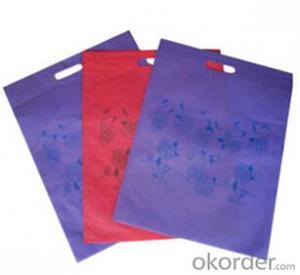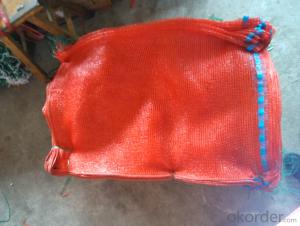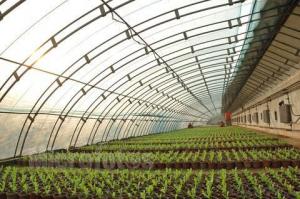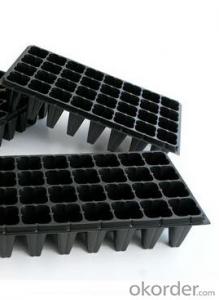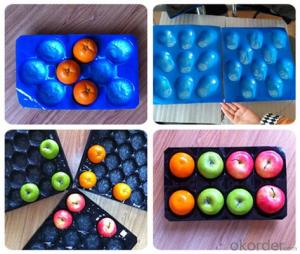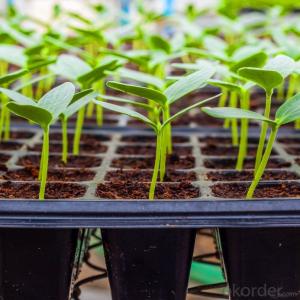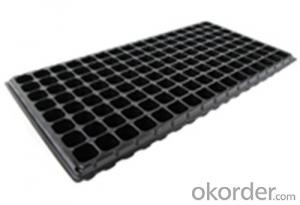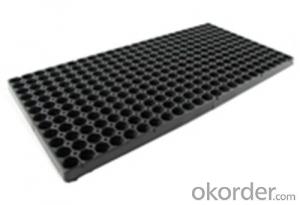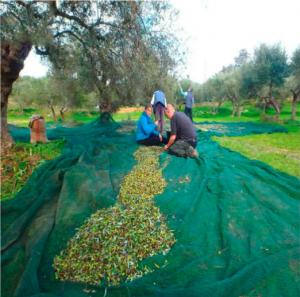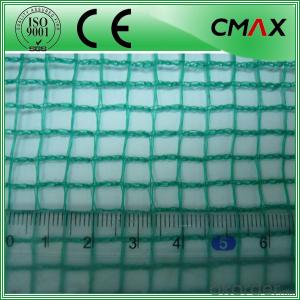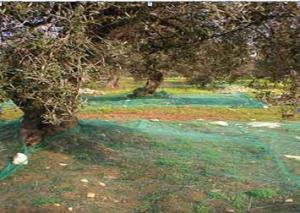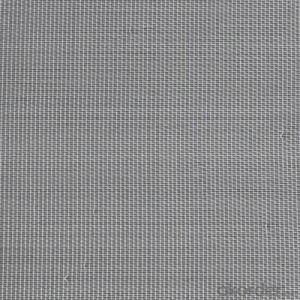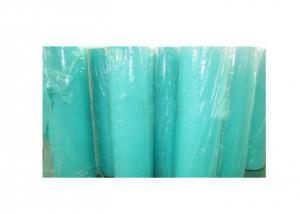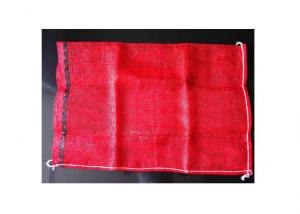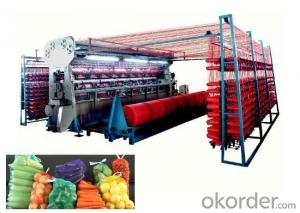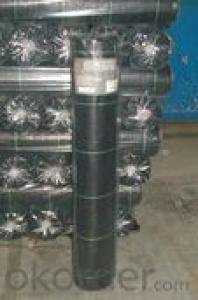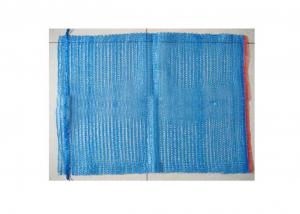Olive Harvestert Agriculture HDPE Hexagon Olive Harvestert Net
- Loading Port:
- Wenzhou
- Payment Terms:
- TT OR LC
- Min Order Qty:
- 1000 m²
- Supply Capability:
- 1000000 m²/month
OKorder Service Pledge
OKorder Financial Service
You Might Also Like
Olive Harvestert Agriculture HDPE Hexagon Olive Harvestert Net
Production Description:
Olive collection net are used not only for the olive harvest, but also to gather chestnuts, nuts and deciduous fruits in general.
Produced with HDPE virgin material
UV stabilized - Long life
For Food : non-toxic, responsive to current European legislation on packaging for food.
Guarantee 5 years
Green&Black 50g/m2
Farmer used the net to gain olive from tree.
Specification:
| Type | CMAX-Olive Net |
| Weight | 33-200 gsm |
| Color | Black, Green, Dark Green, etc |
| Width,Length | 1-6m, 50m,100m as your requirements |
| Raw material | 100% Virgin HDPE with U.V Stabilized and irganox |
| Using life | At least 4 years |
| Delivery time | 30 days after deposit |
| Specification | construction(/inch) Warp=3, Weft=4.5, Br.Str.(kg) ,Warp=10, Weft=2 ,Screening factor(%) :10% |
| Packing | rolls with PVC suare tube(5×5cm)/double folded/PE Stretch film/label |
| OEM | If you have your own packing design,we can quickly meet your requirments. |
Application:

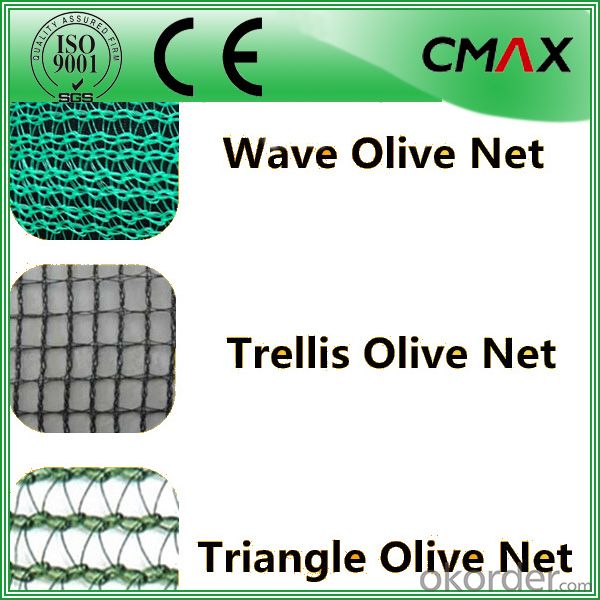
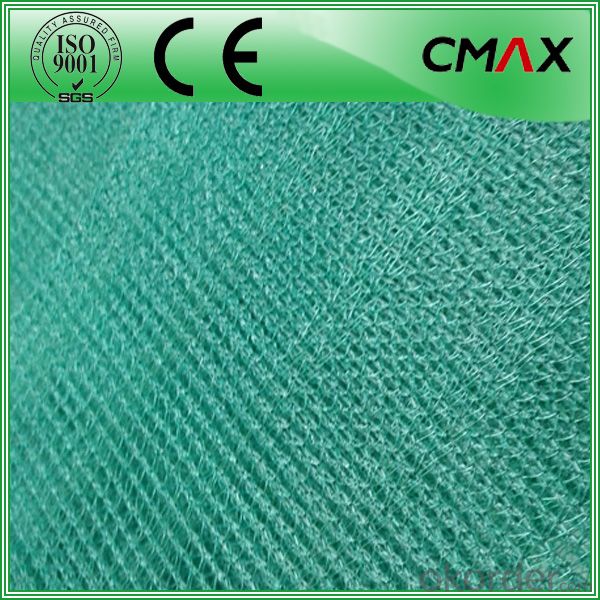
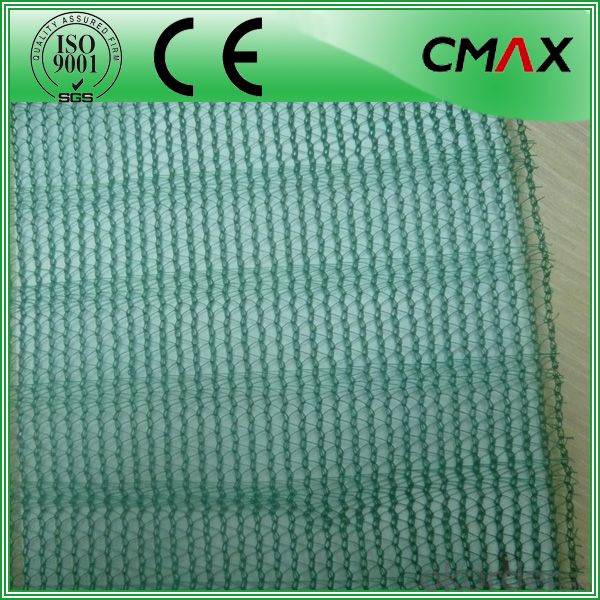
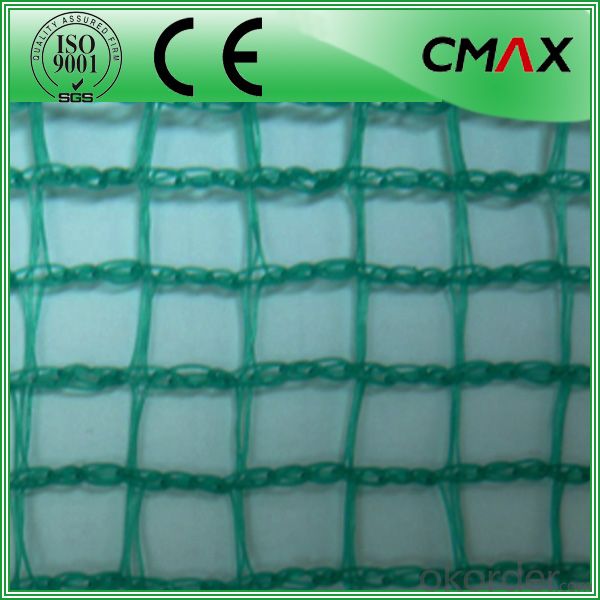
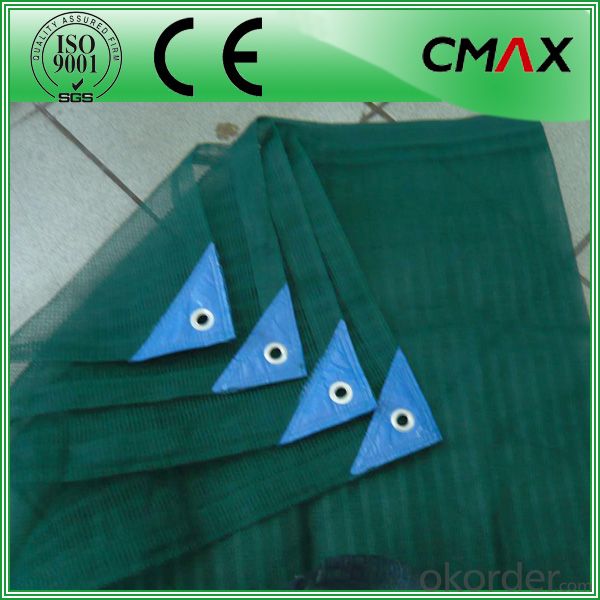
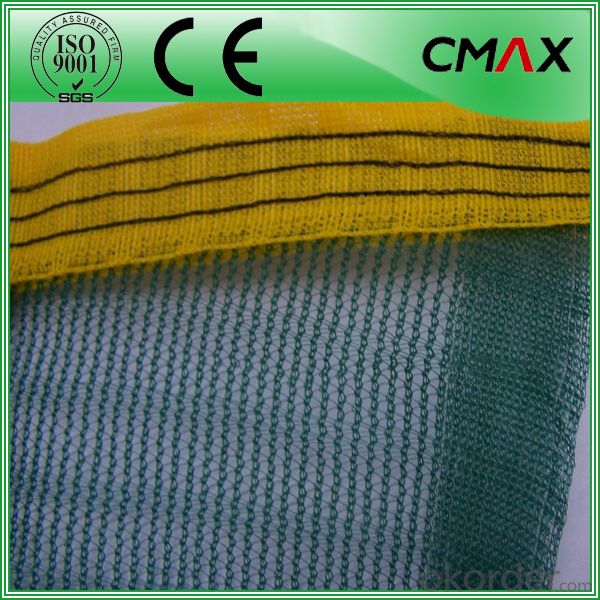
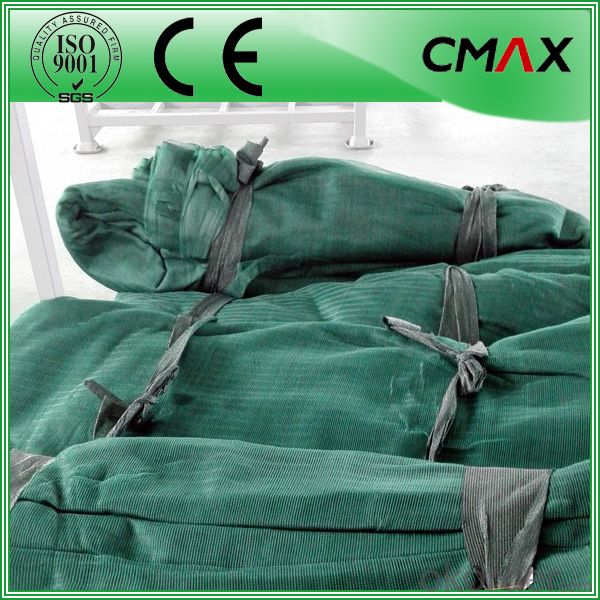
Process:
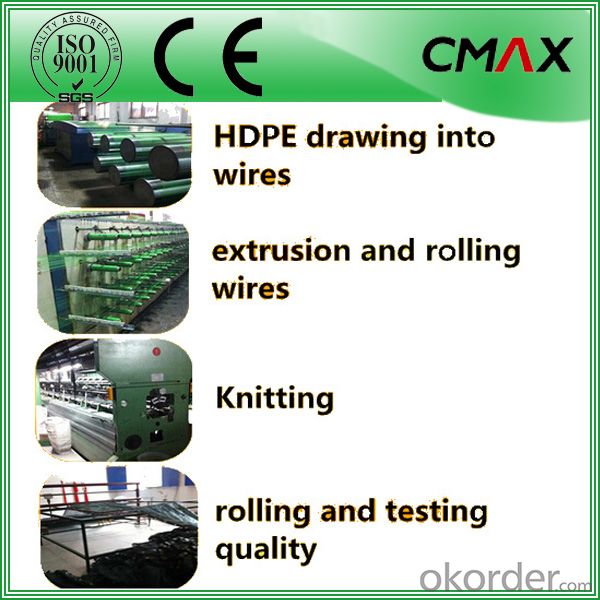
Shipping&Packing:
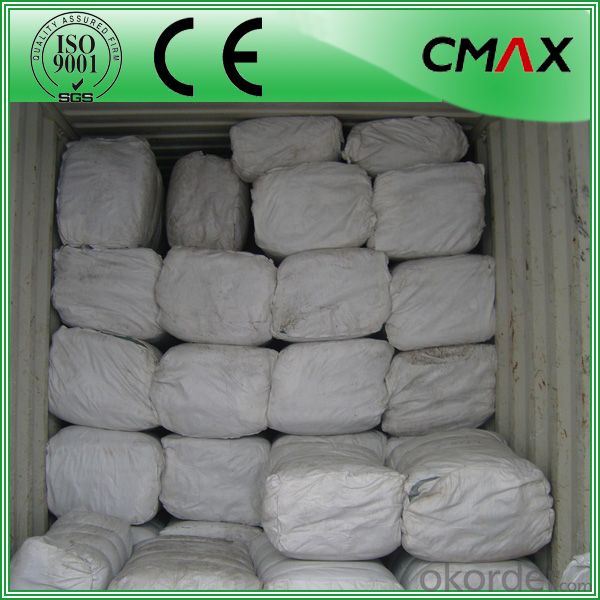
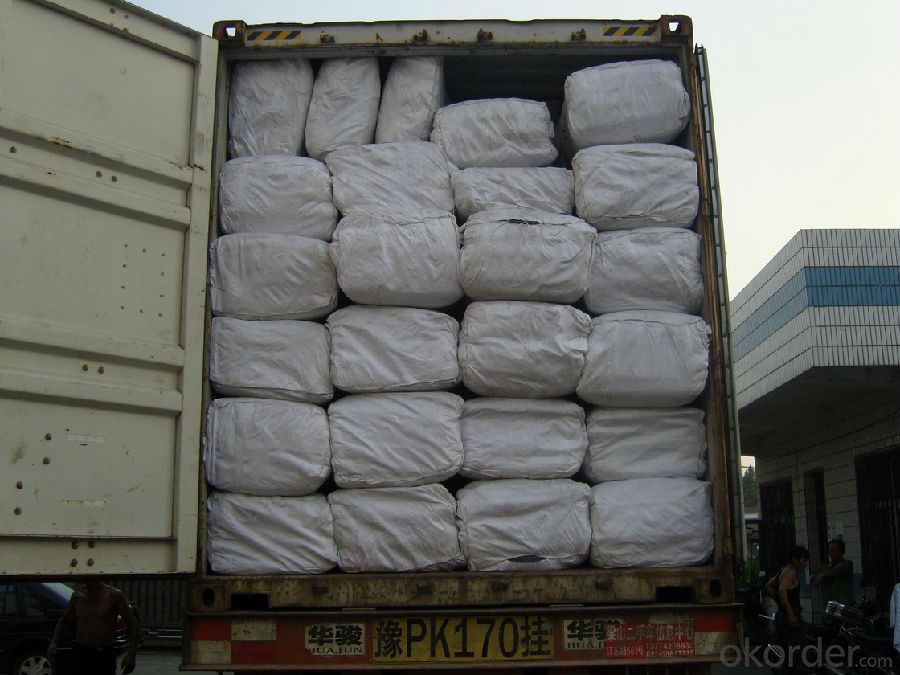
FAQ:
1.Q:Where is your factory located? How can I visit there?
A:Our factory is located in Shanghai, China. You can take flight to Shanghai Hongqiao airport, and 25 mins reach to our factory.
2.Q:What is the material of your products?
A: We use the raw material of High Density Polyethylene (HDPE) with UV Stabilized & Igranox to make our netting
3.Q:How does your factory do regarding quality control?
A: we are very proud to let you know that , We use the best raw material , have at least 5years experienced workers,
the advanced machine and specialized team to assure the quality
We perform Quality Control inspections on 100% of our products.
Our inspection standards are strictly in accordance with the ISO9001 certification system.
- Q: Are agricultural plastic products used in organic weed management?
- No, agricultural plastic products are typically not used in organic weed management as they do not align with the principles of organic farming which emphasize the use of natural and sustainable methods for weed control.
- Q: How do you choose ground cover that complements other plants in your garden?
- When choosing ground cover that complements other plants in your garden, there are a few factors to consider. Firstly, take into account the overall aesthetic and style of your garden. If you have a formal or structured garden, consider using ground covers with a neat and compact growth habit. For a more natural or cottage garden, opt for ground covers that have a more relaxed and organic appearance. Additionally, pay attention to the color scheme of your existing plants. Choose ground covers that either match or provide a pleasing contrast to the colors of your other plants. For example, if you have predominantly green foliage, introducing ground covers with variegated leaves or colorful flowers can add visual interest. Consider the height and growth habit of your ground cover plants as well. Ensure they do not overshadow or compete for space with taller plants or shrubs. Instead, opt for ground covers that grow low and spread out, filling in gaps and creating a cohesive look. Lastly, think about the specific growing conditions and requirements of each plant. Take into account factors such as sunlight exposure, soil type, and moisture levels. Choose ground covers that thrive in similar conditions to your existing plants, ensuring they will coexist harmoniously and grow well together. By considering these aspects, you can select ground cover that not only complements the other plants in your garden but also enhances the overall beauty and functionality of your outdoor space.
- Q: What are some ground cover options for rocky soil?
- Some ground cover options for rocky soil include creeping thyme, sedum, creeping phlox, ice plant, and moss.
- Q: What is the best ground cover for attracting hummingbirds?
- The best ground cover for attracting hummingbirds is the salvia plant, specifically the varieties such as Salvia splendens or Salvia coccinea. These plants produce vibrant flowers that are rich in nectar, which is highly attractive to hummingbirds.
- Q: Can nursery trays be used for starting bonsai from seeds?
- Yes, nursery trays can be used for starting bonsai from seeds. Nursery trays provide a convenient and organized way to germinate and grow bonsai seeds. They typically have multiple compartments, allowing for the separation and care of individual seeds or seedlings. This makes it easier to monitor their growth and provide the necessary conditions for successful bonsai cultivation.
- Q: What products or arts can I make from a recycled plastics?
- The type of product that is made out of recycled plastic depends on the type of plastic resin. There are several different types of plastic resin used to make different products. For example, HDPE, or high density polyethylene, is very tough, and is used to make rigid plastic containers such as milk jugs, film, piping, and beverage bottles. When it is recycled, it is made into pipes, pails, motor oil bottles and detergent containers. LDPE, or low density polyethylene, is used to make flexible plastics, such as garment bags, grocery and garbage bags, some lids and bottles, typewriter ribbon, squeezable bottles and toys. It is tough, yet flexible, and somewhat transparent. When recycled, it can be made into pallets or new trash bags. PET, or polyethylene tephthalate, is semi-rigid to rigid, depending on thickness. It makes a good barrier method, especially for use in soft drink bottles. PET can be produced in a thin film, such as that which is used to make Mylar. It is also used for flexible food packaging. When recycled, it is made into fiberfill, carpeting, or non-food containers and bottles. A high-quality polyester fiber called Eco-Fi, or EcoSpun, was developed out of plastic bottles, and is used to make fabrics such as cotton, wool, and fleece. Clothes are now available that have been made from plastic. It can also be used for home furnishings, blanket throws, and carpet.
- Q: When chopping is the quot;kinfe speedquot; faster on plastic or wood?
- Plastic is faster because it will not mold to the shape of the knife. If it is wood every time the knife comes into contact with the wood it will leave micro cavities which will add to the friction the more you use it and slow down the knife. Also plastic will last longer due to it not being saturated with liquids and is more reliable although more expensive
- Q: what process takes place to convert corn starch into plastics. is corn starch the only raw material used in making bio degradable plastic?
- This Site Might Help You. RE: how is bio degradable plastics made from corn starch ? what process takes place to convert corn starch into plastics. is corn starch the only raw material used in making bio degradable plastic?
- Q: Or does it thrive on plastic? What kinds of things are bacteria attracted to?
- Bacteria can attach to and colonize plastic surfaces. A good example of this is patients with catheters who get urinary tract infections because bacteria colonize the plastic catheter surfaces. However, different species of bacteria are able to bind all sorts of surfaces, both natural and manmade, depending on the types of receptors they carry.
- Q: Can ground cover be used to conserve water?
- Yes, ground cover can be used to conserve water. Ground cover plants help to reduce soil erosion, retain moisture in the soil, and suppress weed growth. By covering the ground, they reduce evaporation and prevent water runoff, thus conserving water.
Send your message to us
Olive Harvestert Agriculture HDPE Hexagon Olive Harvestert Net
- Loading Port:
- Wenzhou
- Payment Terms:
- TT OR LC
- Min Order Qty:
- 1000 m²
- Supply Capability:
- 1000000 m²/month
OKorder Service Pledge
OKorder Financial Service
Similar products
Hot products
Hot Searches
Related keywords
